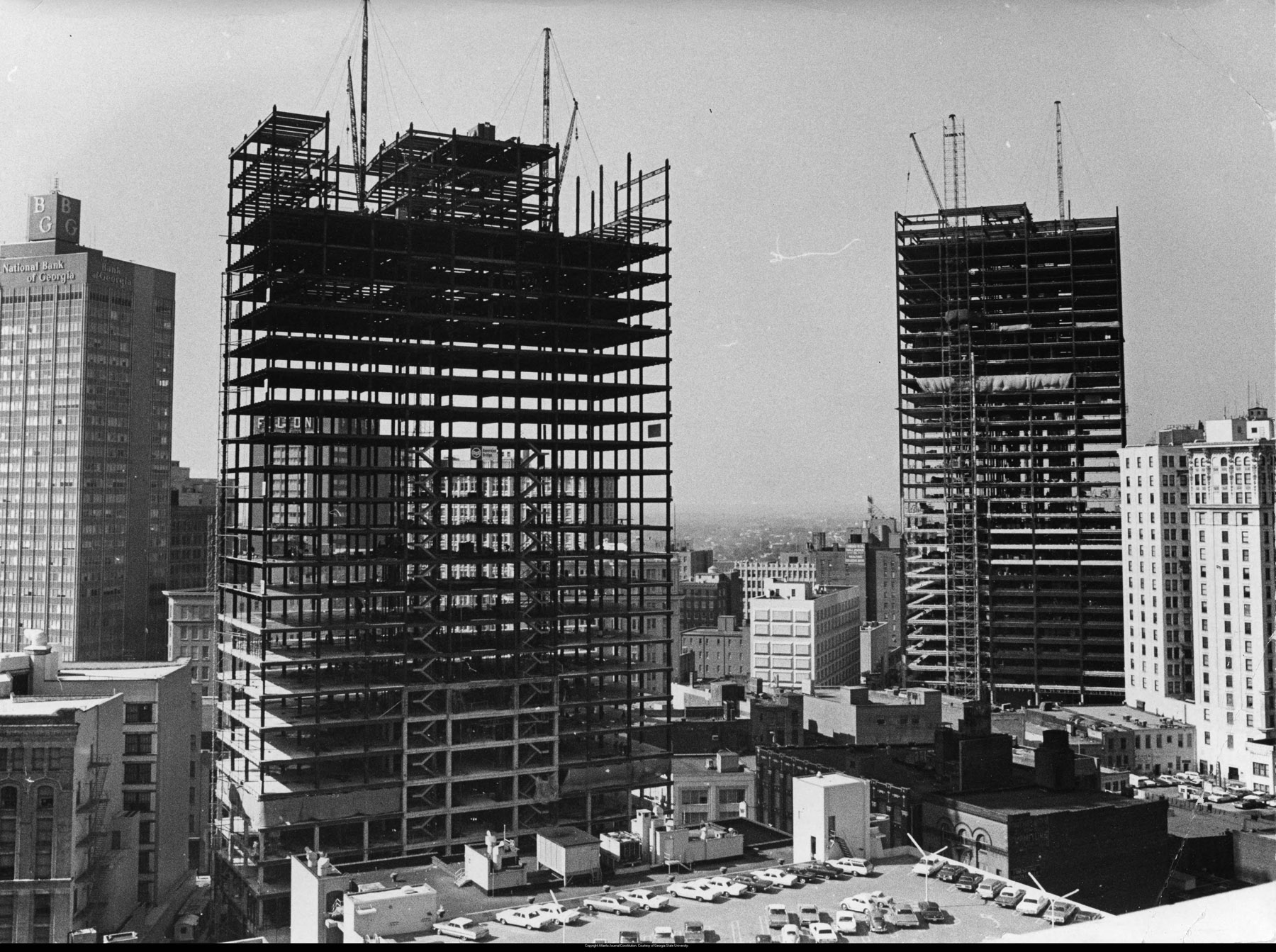If you've read any of my articles about plotting, you know I like a well-defined task, and editing is no exception. I don't just muddle my way through, reading my manuscript over and over, blindly feeling my way towards a stronger story. I break it down into three distinct stages, working the various issues from largest to smallest.
Developmental Edits
The big picture stuff is first. Once I finish a draft, I take some time to read the whole thing cover to cover. I usually convert the manuscript into an ebook (using Calibre), and read it on my phone. This takes me out of the writer's mindset; it makes it impossible to tinker and get distracted as I go. I have Google Keep or a blank Google Doc open, and I jot down everything that comes to mind as I read.
Mostly, I try to focus on big-picture issues like showing and telling, story structure, proportion, and how my characters are coming across. I do my best to ignore typos and grammatical errors because A) I will fix those over the next two stages, and B) the issues I find during the developmental stage usually require extensive rewrites, so a lot of what I read will end up getting cut out or rewritten anyway. It's a waste of time to tinker with the grammar in a paragraph I'll be cutting out later.
As a self-editor, this stage usually lasts the longest. Depending on the complexity of the novel, I might end up doing two rounds of developmental edits, because the more new material I write, the more new issues pop up during rewrites. This is one of the reasons I'm so heavily in favor of plotting. If a sequence of events clashes with a character's motivations, or if a particular chain of causality doesn't work, it's much easier to rework in the plotting phase. But, try as I might, sometimes I can't see the flaws until the manuscript is written, so there are always rewrites in the developmental stage.
Once developmental edits are done, I usually send the manuscript out to beta readers. It's essential to get another pair of eyes on your work, to catch what you can't. As a writer, you'll always know what you were trying to say, and sometimes that makes it hard to see what you did say. Beta readers cut through all that mess, and give you ammo for the next stage.
Line Edits
Once I'm sure the story is structured and proportioned the way I want it, I dive into the words themselves. Line edits are best done with tunnel vision; you want to ignore the story as much as possible, and focus on how well the sentences work. I look at paragraphing, word choice, dialogue mechanics, character voice, and a whole host of other issues. This can involve multiple passes, but usually by this point I know where my strongest and weakest scenes are, so I try to focus my energy where it's needed most.
The hardest part about line editing is knowing when to stop. There is never a point where I can read a sentence and not imagine another way of saying it. Even if I'm satisfied with something one day, the day will eventually come when it sounds like garbage to me. I fully believe this is a fundamental law of writing. If you never stop learning, you never stop improving. If you never stop improving, the gap between your current understanding and your previous work is always growing, and that means your old writing will always look worse every time you revisit it.
So at some point, you just have to stop. Do it arbitrarily if you must, but for me there's always a point where I take a step back and realize I've tried a sentence or a passage five or six different ways, and I'm beginning to retrace my steps. That's when I stop.
Proofreading
Once I realize I'm torturing myself, the only thing that remains to be done is make sure I don't look like an idiot. Even nit-pickers like me make typos (I'm sure there are dozens on this site), but I do my damnedest to keep them out of published fiction.
Unfortunately, I fail as often as I succeed, which is why I like to use a program like ProWritingAid to help me clean up the mess. Editing software will always fall short of a human editor, but it has its advantages. Software doesn't get fatigued or distracted. Software isn't replaying highlights from last night's game while its eyes tumble over a mess of letters without comprehension. And software is fast. The burden still lies firmly on the writer, but the writer can do more with a little help from a machine.
Once I've dotted all the I's and crossed all the T's, I have myself a finished, polished story. And then it's time to send it out into the world, and risk starting it all over again.
But hey, that's the job.




















